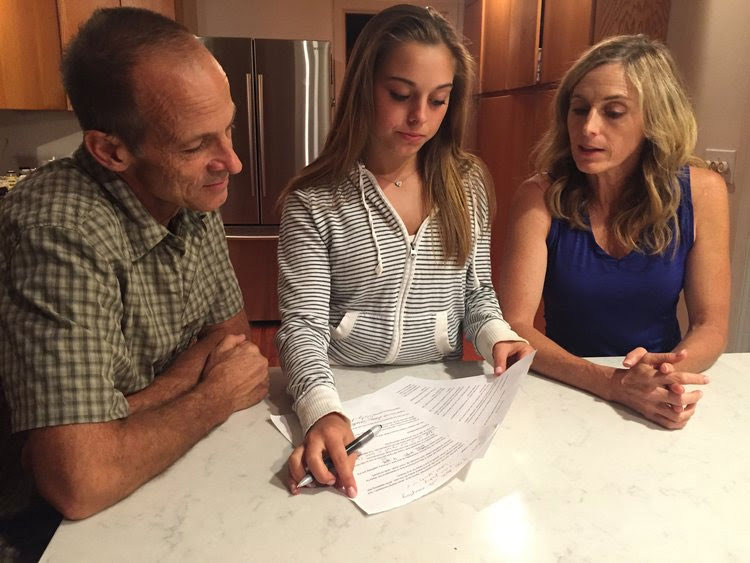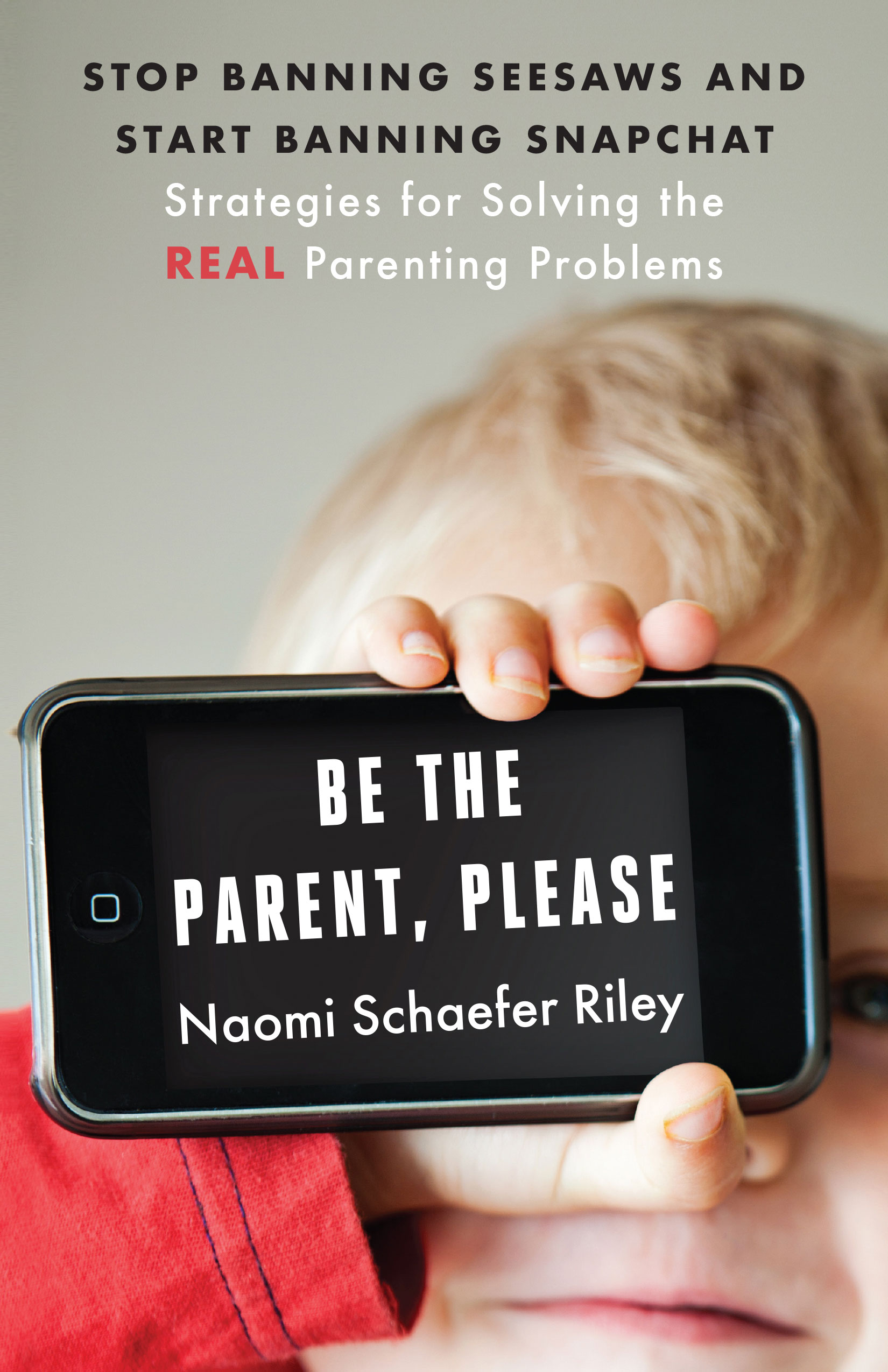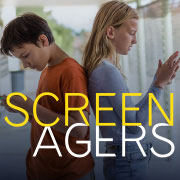Parents are constantly telling kids about their “digital footprint” to keep them safe online and to discourage saying something online without filtering first that could follow them to the college admissions process or job interviews. But what exactly IS a “digital footprint,” and how specifically can we protect our own and our kids’? And it’s a good reminder that anything including the word “viral” could be hazardous!
Many thanks to Ryan Moreau, Internet safety expert with Kiwi Commons, for this update, published exclusively at The MomTini Lounge.
Don’t Track in Dirt with your Digital Footprint
by Ryan Moreau, Kiwi Commons
With over 1.5 billion Web surfers worldwide, photos and videos have the ability to reach millions within seconds. Our digital footprint – the content available about us online (including text, photographs, audio and video) is traceable and permanent. For this reason, it’s more important than ever to educate younger generations about what they could be leaving behind.
Here are a few key things the tech-savvy members of Generation Y need to remember when it comes to keeping their digital footprint clean:
The Internet is public.
If your friends, significant other or family can see it, so can everyone else. This includes employers, colleagues, coaches and teachers. Even if you’re currently too young to start thinking about a career, more and more employers are searching the Web for information on potential candidates including Google, Facebook, Twitter and blogs; information that will still be available years later when you enter the job market. Without even knowing it, you can cost yourself an education, athletic scholarship or your dream job.
The Internet is viral and not in your control.
It only takes seconds for a text message, email or Tweet to go viral and spread like wildfire. With the ever-growing “sexting” epidemic among teens, it’s important to know the consequences. A revengeful Florida boy e-mailed and texted previously received nude photos of his former 16-year-old girlfriend to more than 70 people, including her parents, grandparents and teachers. He was then charged with transmitting child pornography, and is now a registered sex offender — a label he must carry until he is 43.
Before you click send, ask some questions:
• Is there anything in this picture or video that will tell the world too much personal information about me?
• Do I want to be asked about that comment, video or picture at a job interview in 10 years?
• What message am I sending about myself with this post?
Once it’s there, it’s there forever.
In this era of e-mail, texting, blogging and social networking, trying to hide your digital footprint is practically impossible. By posting personal information – even information you don’t think you are sending to the general public – you are susceptible to cyber bullying, online predators and physical harm. According to a 2008 study by National Crime Prevention, up to as many as 8.7 million American teens are bullied online every year. Information you think may be private can still lure physical predators, finding out where you go to school, where you live, when you’re home babysitting or who you hang out with on a Friday night.
Not all publicity is good publicity.
More and more people have begun to actively search out the digital footprint of peers and are influenced by what they find by forming opinions and judgments from what they’ve seen in the social media world. For example, Olympic swimmer Michael Phelps lost a Kellogg’s sponsorship and tainted his reputation after a photo surfaced of the athlete smoking marijuana. Parts of your digital footprint such as uploaded photographs, blog posts, YouTube videos or Facebook Wall posts might not depict how you would like to be portrayed now, or in the future.
In an era where Facebook has over 6 million page views per minute and Twitter pumps out 50 million traceable Tweets a day , it’s imperative that everyone gets a firm understanding of their own digital footprint. For parents, conversations on this topic and general Internet safety are essential for their children. To help young people understand the depth of their digital footprint, families should open up a dialogue on the importance of their digital footprint and how to keep it positive.
More information on digital footprinting can be found at KiwiCommons, a free Internet safety resource for parents and educators.
Editor’s Note: Great ideas — what are some more ways we can not only keep our kids safe online and keep the dialogue open in a healthy way about consequences?







What a relevant post, I´m glad I read it, well said! Children without a discerning adult to help them navigate the virtual roadblocks are simply lost. Keep up the good posts on parenthood. Cheers!